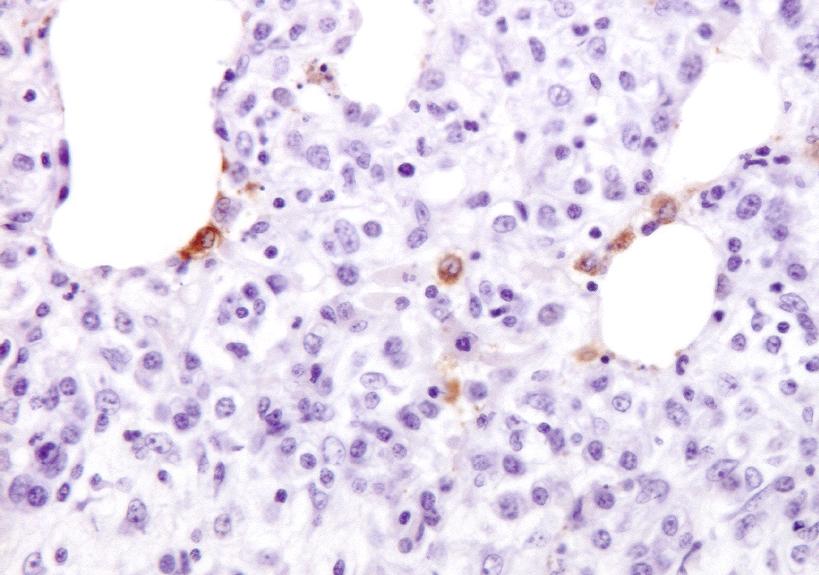Antiviral efficacy of metal and metal oxide nanoparticles against the porcine reproductive and respiratory syndrome virus
Porcine reproductive and respiratory syndrome viruses (PRRSV) are responsible for one of the most economically important diseases affecting the global pig industry. On-farm high-efficiency particulate air (HEPA) filtration systems can effectively reduce airborne transmission of PRRSV and the incidence of PRRS, but they are costly, and their adoption is limited. Therefore, there is a need for low-cost alternatives, such as antimicrobial filters impregnated with antiviral nanoparticles (AVNP). During the past 10 years, tailored intermetallic/multi-elemental AVNP compositions have demonstrated effective performance against human viruses. In this study, a panel of five AVNP was evaluated for viricidal activity against PRRSV. Three AVNP materials: AVNP2, copper nanoparticles (CuNP), and copper oxide nanoparticles (CuONP), were shown to exert a significant reduction (>99.99%) in virus titers at 1.0% (w/v) concentration. Among the three, CuNP was the most effective at lower concentrations. Further experiments revealed that AVNP generated significant reductions in viral titers within just 1.5 min. For an optimal reduction in viral titers, direct contact between viruses and AVNP was required. This was further explained by the inert nature of these AVNP, where only negligible leaching concentrations of Ag/Cu ions (0.06–4.06 ppm) were detected in AVNP supernatants. Real-time dynamic light scatting (DLS) and transmission electron microscopic (TEM) analyses suggested that the mono-dispersive hydrodynamic behavior of AVNPs may have enhanced their antiviral activity against PRRSV. Collectively, these data support the further evaluation of these AVNP as candidate nanoparticles for incorporation into antimicrobial air-filtration systems to reduce transmission of PRRSV and other airborne pathogens.
